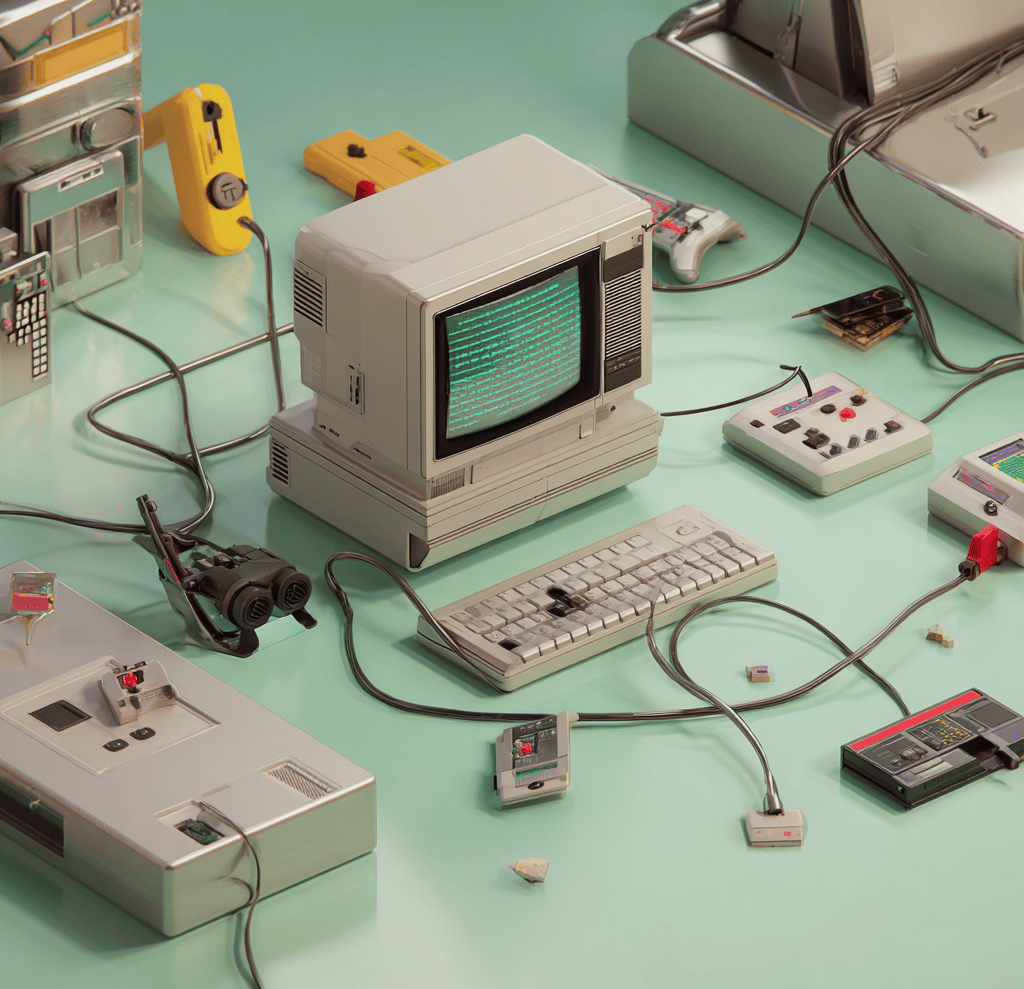Retro Tech Making a Comeback in 2025
Discover why retro tech like flip phones, digital cameras, and vinyl are surging in popularity in 2025. Explore how a craving for simplicity, nostalgia, and a digital detox is driving the market for old-school gadgets with a modern twist.
Sid
10/31/20253 min read


In a world perpetually speeding toward the next version, the next update, and the next screen, there is a distinct counter movement taking root: the powerful resurgence of retro technology. In 2025, this isn't just a niche trend for collectors; it's a full-blown cultural moment, driven by a generation seeking tangible experiences, a break from constant digital noise, and the comforting aesthetics of the past. The technology of the late 90s and early 2000s is back, not simply for nostalgic value, but because these simpler gadgets offer something modern technology has largely stripped away: intentionality and presence.
The core of this comeback is a societal yearning for a digital detox. The smartphone, our primary window to the world, has become a source of anxiety, distraction, and endless scrolling. Younger generations, particularly Gen Z, who have never known a world without ubiquitous internet access, are the ones driving the sales of devices that limit connectivity. They are actively seeking products that allow them to participate in modern life without succumbing to the mental fatigue of being "terminally online."
The Appeal of Simple, Single-Purpose Gadgets
The most visible sign of this trend is the return of the flip phone or "dumbphone." These devices, once relics of the pre-smartphone era, have skyrocketed in popularity. They offer a radical simplicity: you can call and text, but the temptation to open social media, check news alerts, or doom-scroll through feeds is eliminated. This deliberate limitation is viewed not as a deficit, but as a feature. It allows users to remain connected to friends and family for essentials while reclaiming their attention and focus. The new iterations of these phones often incorporate modern accessibility features or sleek design, but their core value remains the same: a powerful boundary against digital overwhelm.
Another major player in the retro revival is the early 2000s digital camera. While modern smartphone cameras boast superior resolution and computational photography, young people are deliberately opting for the lower-quality, often grainy, and flash-heavy aesthetic of vintage models like the Nikon Coolpix or various compact digital cameras. The appeal is twofold. First, the aesthetic is a rebellion against the too perfect and overly curated images that dominate social media, favoring a more authentic, spontaneous, and imperfect look. Second, using a dedicated camera for photography encourages a ritual of capturing the moment rather than instantly sharing and seeking validation. You have to wait to see the photos, creating a break in the instant-gratification loop.
The Tactile Experience of Physical Media
The music industry provides another clear example of the craving for tangibility and ritual. Despite the dominance of streaming services, vinyl records continue their multiyear resurgence, and even the seemingly obsolete CD is experiencing a quiet upturn in sales, particularly among younger music enthusiasts.
The appeal of physical media is rooted in the sensory experience. Holding an album in your hands, examining the artwork, reading the liner notes, and engaging with a full body of work rather than an algorithmic playlist transforms passive consumption into an active, appreciative ritual. Vinyl offers an experience that is acoustic, visually beautiful, and deeply interactive, demanding attention and intentionality that simply clicking a button on Spotify does not. Manufacturers are responding by releasing new turntables and even CD players (sometimes with clear casings that treat the disc like gallery art) that incorporate modern features like Bluetooth connectivity, effectively bridging the tactile nostalgia of the past with the wireless convenience of the present.
Similarly, the cassette tape, primarily through its adoption in new Bluetooth speakers designed to look like a classic mixtape, is making a comeback as a nod to personalization and mixtaping culture. This blending of retro aesthetics with modern functionality is the hallmark of the 2025 retro tech trend: it's not about rejecting new technology entirely, but about demanding that it honor our senses and attention spans.
The Nostalgia Factor and Community
While the functional reasons for this comeback are strong, the powerful pull of nostalgia cannot be overlooked. For Millennials, these gadgets represent a simpler time: childhoods spent playing Game Boy or Nintendo DS without the looming presence of global news or social media pressure. This nostalgia is a form of self-soothing in an increasingly complex and anxiety-inducing world. It allows adults to momentarily reconnect with the comforting, low-stakes world of their youth.
This emotional connection is fueling the retro gaming market, with mini-consoles and specialized handheld devices that accurately emulate classic cartridges selling briskly. Modern game developers are also embracing pixel art and retro gameplay mechanics, recognizing that simplicity and challenging core gameplay often triumph over overly complex graphics and bloated features.
In essence, the retro tech movement of 2025 is a vote against feature creep and digital fatigue. It is a cultural expression of a desire for more human-scale technology that respects the user's attention, offers a tangible interaction, and delivers a dose of comforting nostalgia. The best retro tech of today understands that true innovation sometimes means stripping away the complexity to leave behind a more deliberate, meaningful, and enjoyable experience.
